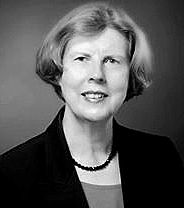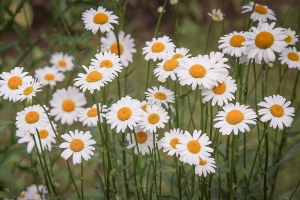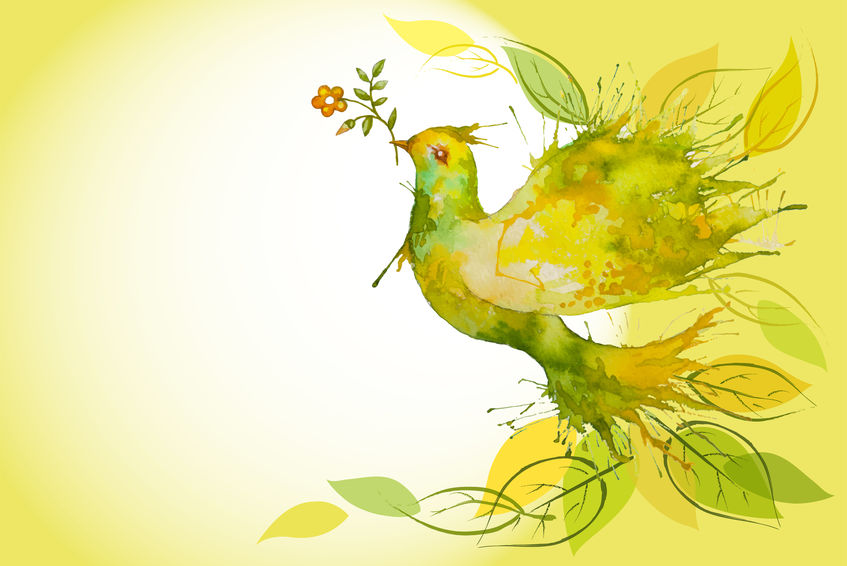
Taking divergent and independent pathways to Chicago, we ended up working for major medical centers five minutes apart in Chicago’s West Side Medical Complex. At that time, signage on the Eisenhower posted the designation, “The greatest concentration of medical centers in the world.” In addition, for several years, we attended the same suburban church. It was then that the Farran family extended the table for me to join them in their suburban home at Christmas. Our paths have continued to cross over the years – and the conversation has a remarkable way of picking up where it left off.
Carol J. Farran, Alzheimer’s Researcher
Looking back to the late 80’s, I now recall conversations with Carol, who was by this time a researcher at the Rush University Alzheimer’s Disease Center. Among those conversations which were to leave an indelible impression were those regarding her research on “Hope and Hopelessness.”
In reflection, I now believe that Carol’s work on this topic – combined with my personal interest in holistic health – was influential a decade later at the time of Mother’s diagnosis.
From somewhere deep within, I drew upon a conviction that we did not need to surrender to the culture of fear surrounding this dreaded diagnosis. In part, this would be attributed, I now believe, to knowing about Carol’s research – and then choosing between hope and hopelessness. At this time, Alzheimer’s Disease was still regarded by our culture as a hopeless diagnosis.

“Hope, in this deep and powerful sense, is not the same as joy that things are going well, or willingness to invest in enterprises that are obviously headed for early success, but rather an ability to work for something because it is good, not just because it stands a chance to succeed. The more unpromising the situation in which we demonstrate hope, the deeper that hope is. Hope is not the same thing as optimism. It is not the conviction that something will turn out well, but the certainty that something makes sense, regardless of how it turns out.”
The Power of One
This e-magazine, ABeautifulVoice.org, recognizes 12 “Dementia Influencers” whose work resonated with our “Ranch lifestyle.” Among them, Carol is listed as the first of those early pioneers and changemakers.
As researcher, author, educator, and international speaker, she has been in a position to impact the culture of caregiving via the vast scope of her work. And, as a friend, she influenced an important personal and family decision which would not be made until over a decade later.

Hope and Hopelessness, 1995
Authors: Carol J. Farran, Kaye Herth, Judith Popovich
_______________
Author: Susan Troyer



Leave A Comment